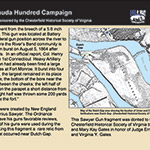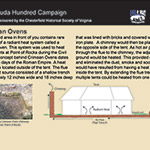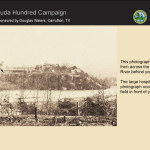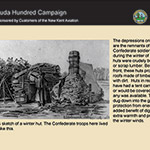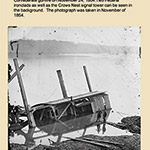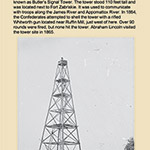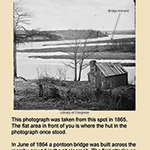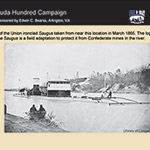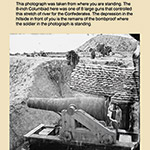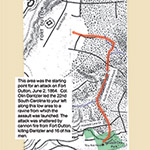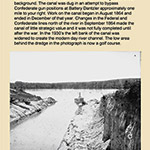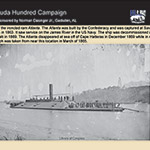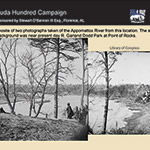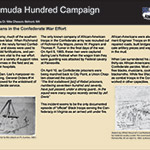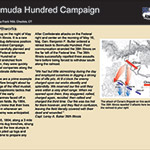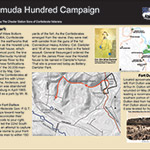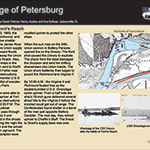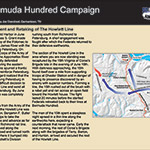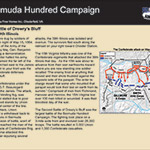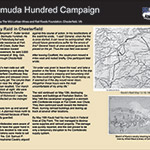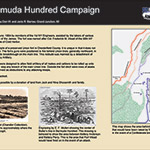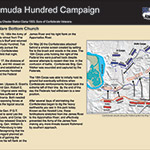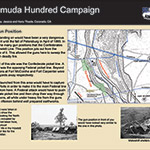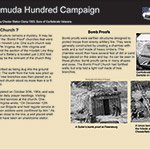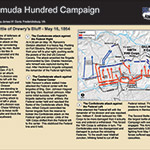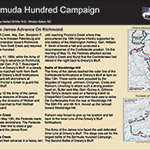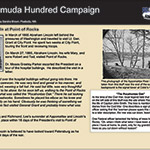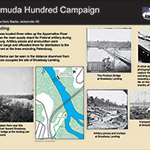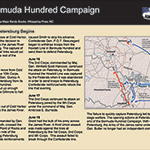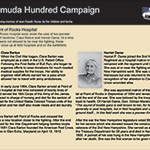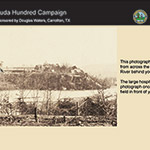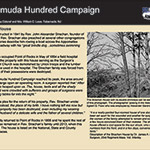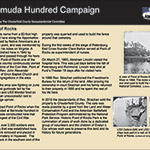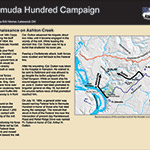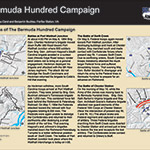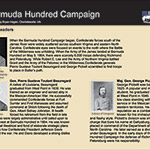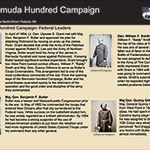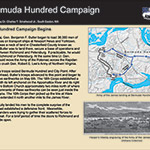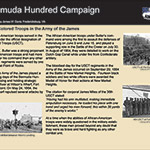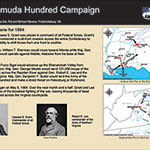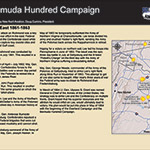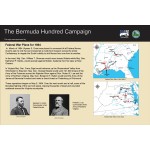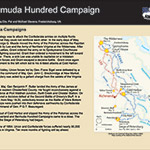In May 1864, the powerful Union armies began coordinated and simultaneous assaults on Confederate armies throughout the South. Naturally, eyes moved toward the soon-to-be titanic struggle between Robert E. Lee’s Army of Northern Virginia and George Gordon Meade’s Army of the Potomac under the direct observation of the Union General in Chief U.S. Grant and the advancement of William T. Sherman’s powerful army group in northern Georgia. Three other Federal operations engaged smaller rebel units that otherwise might have been used within the Confederate’s interior lines of communications to reinforce the most threatening forces. One operation near Richmond could have and should have ended the war.
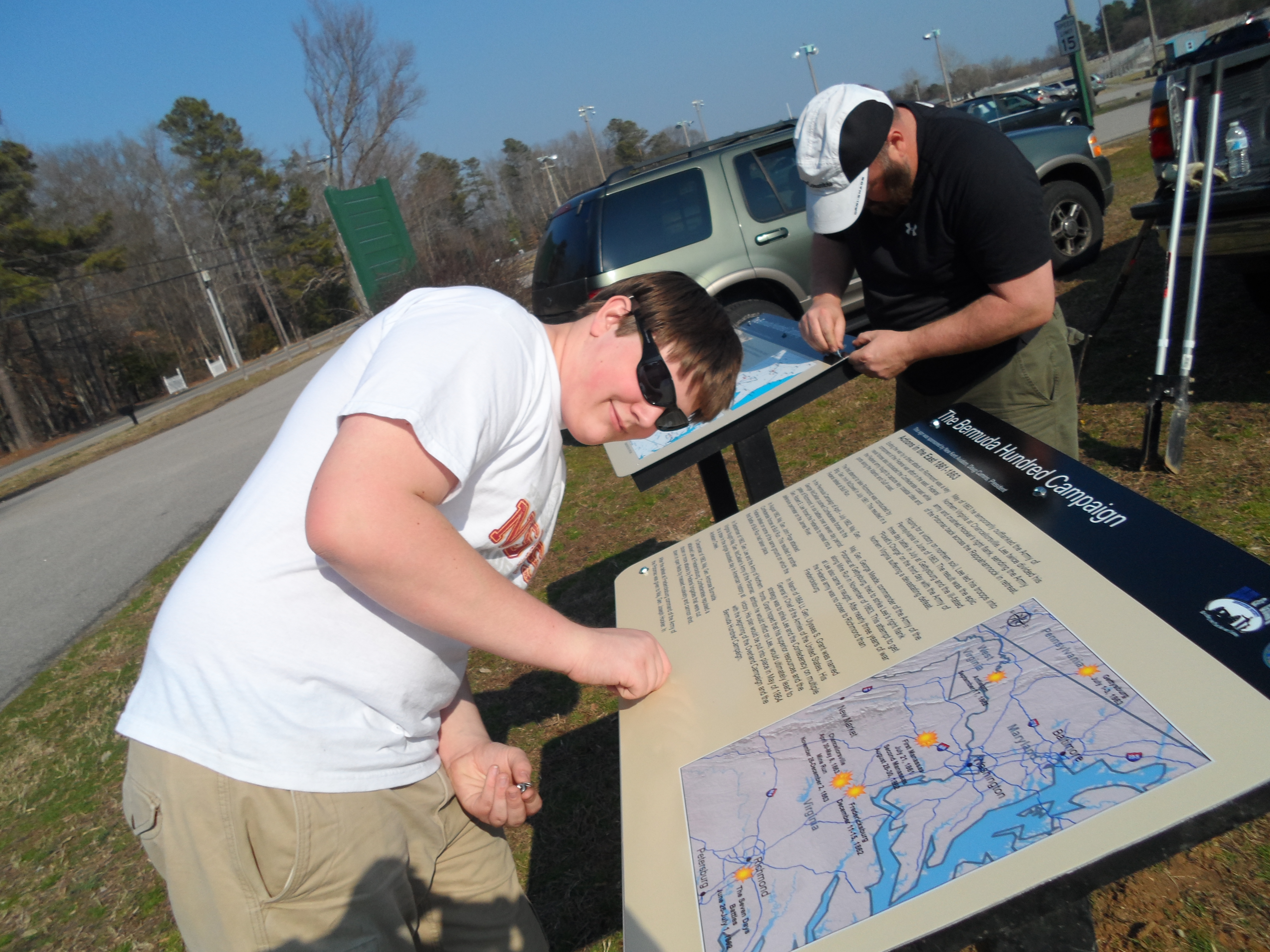
Federal general Benjamin Butler had returned to Virginia and was now in charge of the modest-sized Army of the James. Manned by two corps, Butler was instructed to move up the James River to capture the key Confederate transportation center at Petersburg or even the capital city of Richmond. Opposed by a scratch force of clerks, invalids, and a minimal amount of infantry, the operation should have compelled Lee to turn his back on Meade and flee to Richmond to protect that invaluable city and its equally invaluable supply lines. Not unexpectedly, Butler failed miserably, and the 1864 Bermuda Hundred Campaign has become emblematic of Butler’s military ineptitude.
With so many sites surrounding Richmond, Henrico County history has overshadowed Chesterfield County’s, and yet the county has a rich series of sites that were key in the campaign and which have been preserved. BGES previously partnered with the Chesterfield Historical Society to provide living history kits for reenactors to teach Civil War in the county schools. Then BGES members were approached in spring 2014 with a far-ranging project that would link a wide number of county sites related to Major General Benjamin Butler’s May 1864 movement against key supply lines for Richmond and General Lee’s army. And they attacked it with traditional gusto, funding 46 signs in less than a month—sign sponsors included Ed Bearss and author Herb Schiller. A detailed tour book was developed and published by the county, which fully supports preservation efforts. It is available for purchase from the Chesterfield Historical Society of Virginia by following this link: Bermuda Hundred Campaign Guide Book. The signs were installed by 2015 as part of an Eagle Scout Project.
Click on any image to see a larger version. Once open, you can scroll left or right through all of them.

